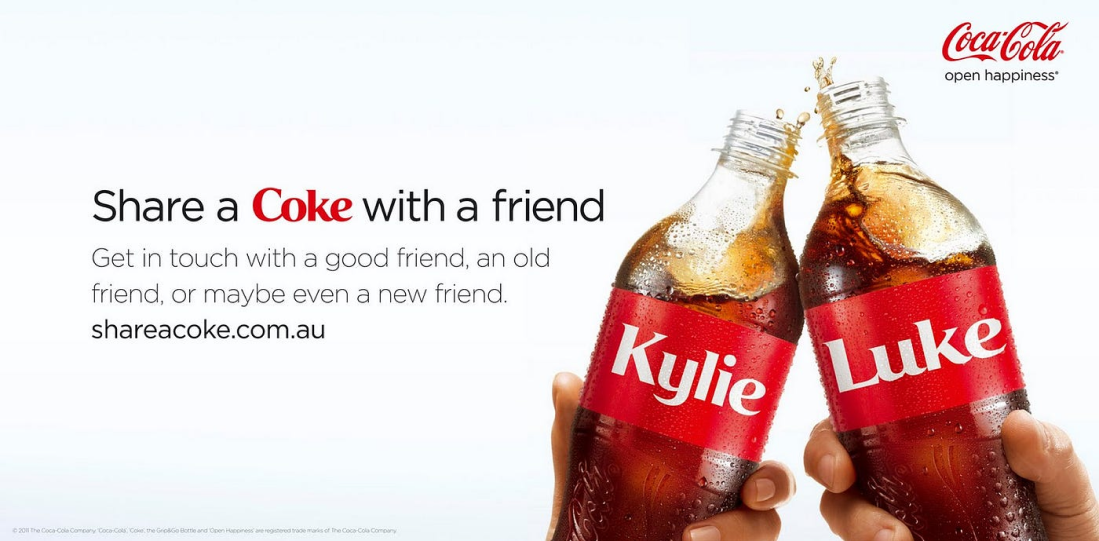Discover how tapping into human emotions can transform your advertising campaigns and significantly boost engagement.
It’s crucial to focus on key elements like emotional triggers, compelling stories, and persuasive language. Understanding your audience and what resonates with them emotionally is essential. Combine these elements with a well-crafted message strategy, and you’re on your way to creating a successful Google ad campaign.
In this post we will take a closer look at Google Ads and understand why you should use emotional triggers in your campaigns and why it matters to your audience;
Table of Contents:
- Understanding Emotional Triggers and Their Impact on Consumer Behaviour
- Why Do Emotional Triggers Work?
- Identifying Key Emotional Triggers for Your Target Audience
- Creating Google Ads That Connect with Emotions
- How can we help?
Understanding Emotional Triggers and Their Impact on Consumer Behaviour
Emotional triggers influence how people behave and make decisions. These triggers are feelings that motivate people to act, such as buying something or engaging with your brand. By understanding these emotional triggers, businesses can create more effective Google Ads that connect with their target audience.
Triggers can be words, phases, images or sounds that create a specific emotional response in your audience. When your ad sparks an emotional reaction in someone, it means they feel seen and as a result, it usually triggers a reaction.
While it’s essential that your ads are crafted in a way that is likely to be rewarded by search engines and other ad platforms, what you really need to focus on is the person to whom you want to appeal to.
Why Do Emotional Triggers Work?
Emotional triggers work because they bypass the rational and logical part of the brain and tap into the subconscious and emotional part. This is where most of the decision-making happens based on feelings, instincts and memories. By using these triggers you can capture your audience’s attention, stir up their emotions and influence their behaviour.
In 2012, The New York Times published an article discussing Google’s innovative approach to incorporating emotions into their advertisements. Vice President Lorraine Twohill stated, “It’s all about emotions, which is bizarre for a tech company.” Lorin Pollack, a Google events planner, explained, “Google is an online brand, and it’s a huge responsibility to bring that brand to life outside of the computer.” Google’s goal was to demonstrate its significance and the profound impact it has had on people’s lives, prompting the question:
What was life like before Google?
Here is a 2011 ad created by Google that aimed to evoke strong emotions in viewers: Google – Dear Sophie.
Identifying Key Emotional Triggers for Your Target Audience
To create effective Google Ads campaigns that leverage emotional triggers, you need to understand the specific emotions that resonate with your target audience. Here are some strategies to help you identify key emotional triggers:
- Conduct market research
Use surveys, focus groups, and customer interviews to gather insights about the emotions and motivations of your target audience. Ask questions that delve into their concerns, desires, and aspirations. - Analyse customer feedback
Pay attention to customer reviews, comments, and feedback on social media platforms and review websites. Look for patterns in the emotions expressed by your customers. - Study competitor campaigns
Analyse successful ads from your competitors and identify the emotional triggers they are using. This can give you valuable insights into the emotions that resonate with your target audience.
By understanding the emotional triggers that are most relevant to your target audience, you can create Google Ads campaigns that effectively tap into these emotions and drive action.
Creating Google Ads That Connect with Emotions
To create effective Google Ads campaigns that leverage emotional triggers, you need to understand the specific emotions that resonate with your target audience. Here are some strategies to help you identify key emotional triggers:
- Use emotional language
Incorporate words and phrases that evoke specific emotions in your ad copy. For example, words like ‘exciting,’ ‘fearless,’ or ‘joyful’ can trigger emotional responses in your audience. - Tell a story
Engage your audience by telling a story that brings out emotions related to your product or service. Stories have the power to create a deep emotional connection with your audience and make your ads more memorable. - Use visuals strategically
Images and videos can be powerful tools. Choose visuals that align with the emotions you want to trigger in your audience. For example, if you want to create a sense of happiness, use images of people smiling and enjoying themselves. - Test and optimise
You should test and optimise different emotion triggers and monitor the result to ensure the best performance in terms of clicks, conversions and sales. Split tests can be run using tools like Google Ads or Bing Ads.
Google Ads that harness emotional triggers can create more impactful and persuasive campaigns that drive higher engagement and conversions.
Examples of Google Ads Campaigns Using Emotional Triggers.
Nike: Empowerment Ad
Nike’s “Just Do It” campaign is a prime example of using the emotional trigger of empowerment. The campaign inspires viewers to overcome their challenges and achieve their personal goals, creating a deep emotional connection with the brand.

Image Source: Femstyle
Coca-Cola
Coca-Cola has consistently used happiness as an emotional trigger in its advertising. The “Share a Coke” campaign, which featured names on Coke bottles, tapped into the joy of personal connection and sharing, increasing positive associations with the brand.

How can we help?

Our PPC agency in Leeds helps you choose the best type of ad for your business to get great results. With our help, your company can achieve success quickly. Our team continuously reviews and improves ads to ensure they are effective and utilising the budget to its full potential. We use A/B testing to refine everything from the ad copy to landing pages and call-to-actions. This helps increase conversion rates and create more engaging interactions with your users.
Ready to open new possibilities?
Contact us to explore how our expertise in Google Ads PPC can help you grow your business.


